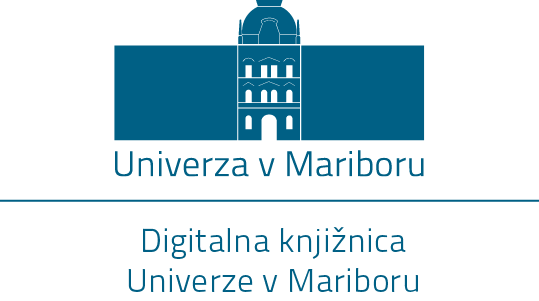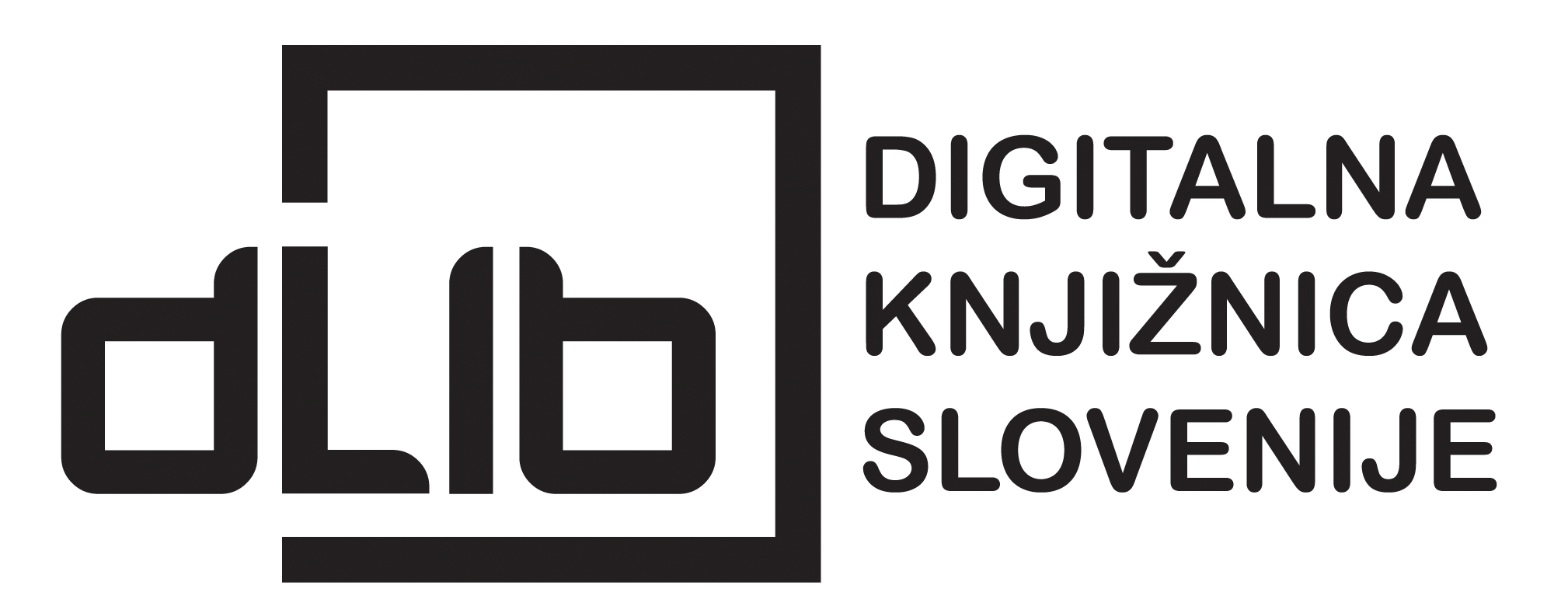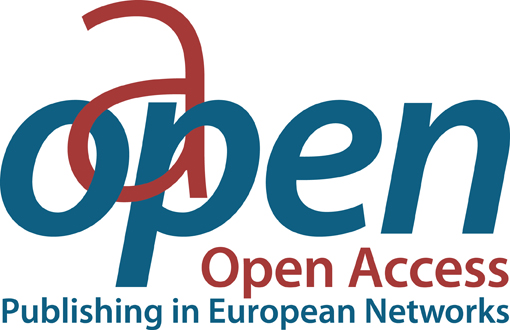Exploring Mathematical Decision-Making Through EEG Analysis
Kratka vsebina
In this study, mathematical decision-making tasks were used to pro-vide further details on the flow of information across a number of brain regions, with the objective of finding out whether connectiv-ity patterns are informative in predicting decisional outcomes. The experiment consisted of showing 50 mathematical expressions to each participant, and they decided on their correctness by pressing buttons. Neural activity and button presses were recorded by means of the g.tec Nautilus EEG device, equipped with 64 electrodes. A detailed epochs analysis was conducted with regard to participant responses. Advanced techniques of signal analysis were applied, including Granger causality, Phase Locking Value, and Complex Pearson Correlation Coefficient. This research aims to determine how the following tools could distinguish events from states, get aware of their limitations, and develop novel analysis techniques for better discrimination of brain processes. This research is specifi-cally focused on using mathematical reasoning as a model to study decision-making processes. Our objective is to test existing and develop novel methods for gaining deeper understanding of the brain dynamics involved in discrete cognitive activities.







